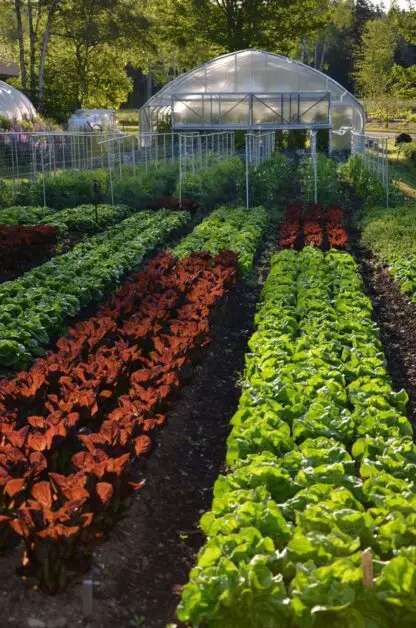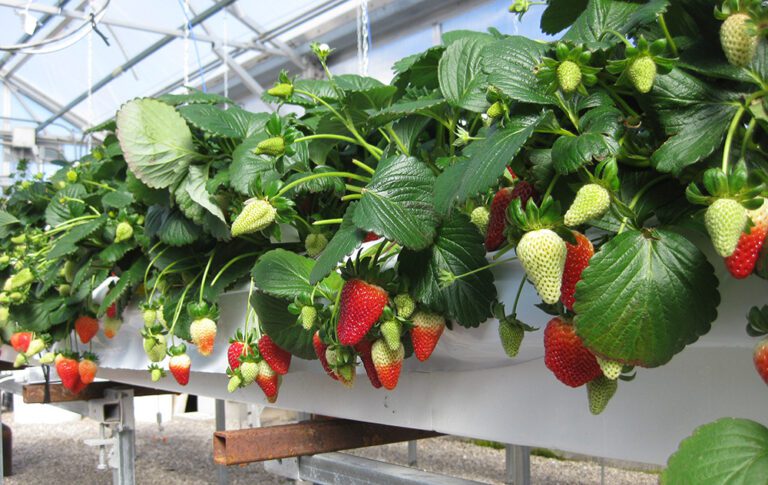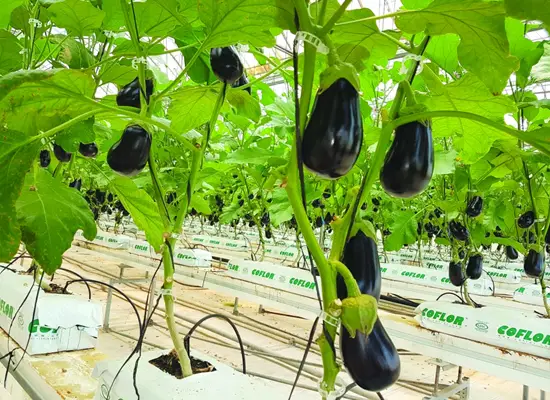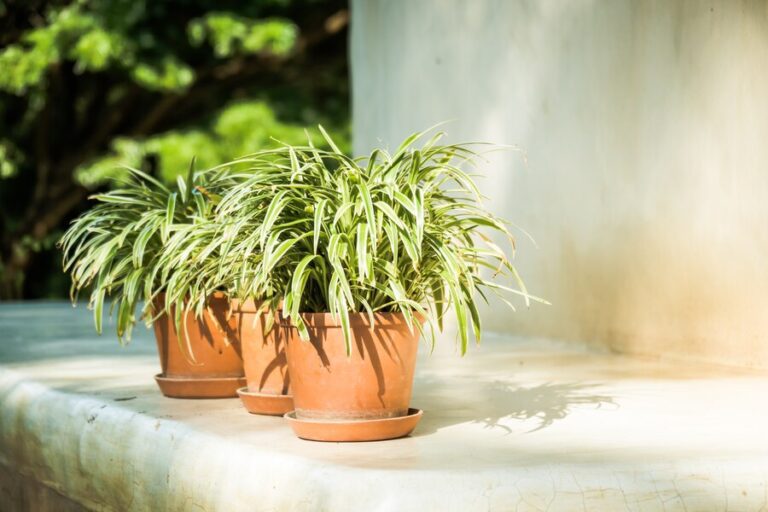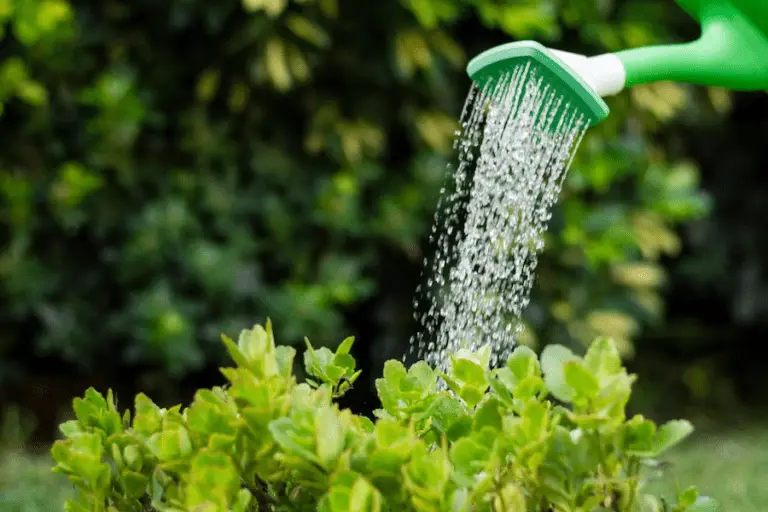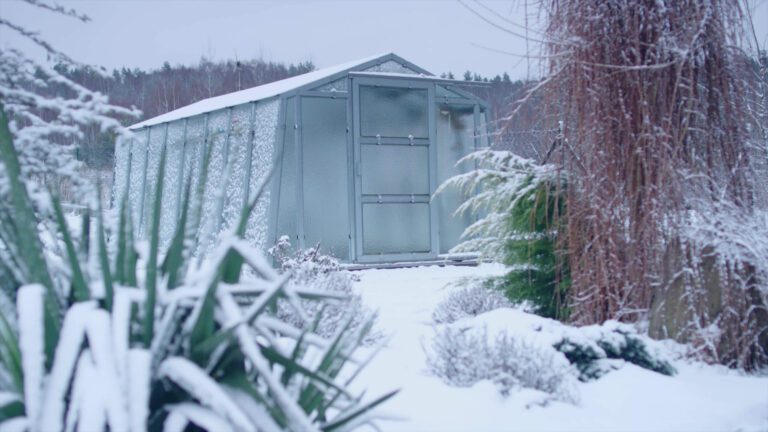Top 7 Hydroponic Plants You Can Easily Grow in Less Than 40 Days
Table of Contents
Embracing Speed and Efficiency: Hydroponic Gardening’s Fast-Track Selections
Hydroponic gardening has gained immense popularity for its efficiency and the ability to produce fresh, healthy crops in a controlled environment. For those looking to experience the rewards of hydroponics quickly, several fast-growing plants can be cultivated in less than 40 days. In this comprehensive guide, we will explore the top seven hydroponic plants that are not only easy to grow but also provide a rapid harvest, making them ideal choices for both beginners and seasoned hydroponic enthusiasts.
- Lettuce (Lactuca sativa): Lettuce is a staple in hydroponic gardens due to its quick growth and versatility. Varieties such as Butterhead and Romaine can be ready for harvest in as little as 25-30 days. With the right nutrient solution and environmental conditions, lettuce thrives in hydroponic systems, offering crisp, fresh leaves for salads and sandwiches.
- Radishes (Raphanus sativus): Radishes are known for their speedy growth, and hydroponics provides an ideal environment for their development. Certain radish varieties, like Cherry Belle, can be harvested in just 20-25 days. These crunchy, peppery roots add a delightful element to salads and can be a satisfying addition to your hydroponic garden.
- Spinach (Spinacia oleracea): Spinach is a nutrient-packed green that grows well in hydroponic systems. Varieties such as Baby Spinach can be ready for harvest in approximately 30 days. Rich in vitamins and minerals, spinach is not only a quick-growing crop but also a nutritious addition to your hydroponic garden.
- Kale (Brassica oleracea acephala): Kale is a hardy green that thrives in hydroponic setups. Varieties like Red Russian Kale or Lacinato Kale can be ready for harvest in around 30-35 days. Packed with antioxidants and vitamins, kale is not only a nutritional powerhouse but also a visually appealing addition to your hydroponic garden.
- Bok Choy (Brassica rapa subsp. chinensis): Bok choy, a member of the cabbage family, is well-suited for hydroponic cultivation. With its unique flavor and crisp texture, bok choy varieties can be harvested in about 35-40 days. This Chinese cabbage adds a distinctive touch to stir-fries and salads, making it a popular choice for hydroponic growers.
- Herbs (Basil, Cilantro, Mint): Various herbs flourish in hydroponic systems, providing a quick turnaround for your harvest. Basil, cilantro, and mint are among the fastest-growing herbs, ready for harvest in approximately 25-30 days. These aromatic herbs not only enhance the flavors of your dishes but also thrive in hydroponic environments.
- Mustard Greens (Brassica juncea): Mustard greens are another leafy green that can be rapidly cultivated in hydroponic gardens. With varieties like Red Giant or Mizuna, you can expect a harvest in around 30-35 days. Mustard greens add a peppery kick to salads and sandwiches, making them a flavorful choice for hydroponic enthusiasts.
In conclusion, the world of hydroponic gardening offers a diverse range of plants that can be grown quickly and efficiently. Whether you’re a beginner looking for a rewarding starting point or an experienced grower seeking a fast turnaround, these top seven hydroponic plants are sure to meet your expectations. Experimenting with different varieties and optimizing your hydroponic system will not only yield a bountiful harvest but also provide a satisfying and enjoyable gardening experience. Consider incorporating these quick-growing plants into your hydroponic garden for a fresh and delicious supply of homegrown produce in less than 40 days.
Lighting for Hydroponics: Choosing the Right Spectrum to Boost Plant Development
When it comes to hydroponics, choosing the right lighting spectrum can significantly impact plant development. The spectrum of light determines the type and intensity of wavelengths that plants receive, which in turn affects their growth and overall health. Whether you are a seasoned hydroponics enthusiast or just starting, understanding the importance of selecting the optimal spectrum for your plants is crucial for achieving optimal results.
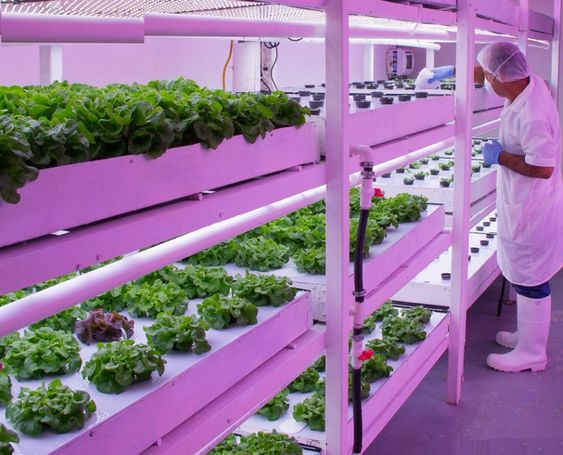
Plants require different wavelengths of light for various stages of growth. During the vegetative phase, blue light is essential as it promotes robust leaf and stem development. Blue light also enhances photosynthesis, the process by which plants convert light energy into chemical energy to fuel their growth. On the other hand, during the flowering and fruiting stages, plants respond best to red and orange light. These wavelengths stimulate the production of chlorophyll, the pigment responsible for capturing light energy, and facilitate flower and fruit formation.
Why is choosing the right spectrum of lighting important for hydroponics?
Choosing the right spectrum of lighting is important for hydroponics because different wavelengths of light affect plant growth and development. By selecting the appropriate spectrum, you can optimize plant growth, flowering, and fruit production.
How does the spectrum of light affect plant development in hydroponics?
The spectrum of light affects plant development in hydroponics by influencing various physiological processes, such as photosynthesis, photomorphogenesis, and photoperiodism. Different wavelengths of light can promote specific growth stages, regulate plant hormones, and impact overall plant health and productivity.
What is the ideal spectrum of light for vegetative growth in hydroponics?
The ideal spectrum of light for vegetative growth in hydroponics is typically in the blue spectrum (400-500 nm). Blue light promotes compact and leafy growth, encourages root development, and enhances chlorophyll production, resulting in lush and healthy plants.
Which spectrum of light is best for flowering and fruiting stages in hydroponics?
The spectrum of light that is best for flowering and fruiting stages in hydroponics is usually in the red spectrum (600-700 nm). Red light stimulates flowering and fruit production, promotes bud formation, and enhances the quality and quantity of yields.
Can a combination of different light spectra be used in hydroponics?
Yes, a combination of different light spectra can be used in hydroponics to provide a full spectrum of light that can support all growth stages of the plants. By using a combination of blue and red light, you can create an ideal lighting environment that promotes both vegetative growth and flowering/fruiting stages.
Is it possible to adjust the spectrum of light in hydroponic systems?
Yes, it is possible to adjust the spectrum of light in hydroponic systems. LED grow lights, for example, often come with adjustable spectrums, allowing growers to customize the lighting conditions to meet the specific needs of their plants at different growth stages.
Are there any other factors to consider when choosing the right spectrum of lighting for hydroponics?
Yes, besides the spectrum of light, other factors to consider include the intensity of light, the duration of light exposure (photoperiod), and the distance between the light source and the plants. These factors, along with the spectrum, should be carefully adjusted to create an optimal lighting environment for hydroponic plants.
What are the potential risks of using the wrong spectrum of light in hydroponics?
Using the wrong spectrum of light in hydroponics can lead to negative consequences such as stunted growth, poor flowering or fruiting, nutrient deficiencies, and increased susceptibility to pests and diseases. It is crucial to choose the right spectrum to ensure healthy and productive plants in a hydroponic system.

Kanike Sreekanth, a prolific writer at SouthElMonteHydroponics, brings a unique blend of creativity and scientific rigor to the table. With a degree in Horticulture from a prestigious institution, Kanike’s expertise spans hydroponic farming, plant biology, and agricultural sustainability. Their passion for exploring innovative cultivation methods and promoting environmental stewardship drives them to uncover new insights in the realm of hydroponics. Kanike’s writing serves as a conduit for sharing their knowledge and inspiring others to embrace alternative farming practices for a more sustainable future.

